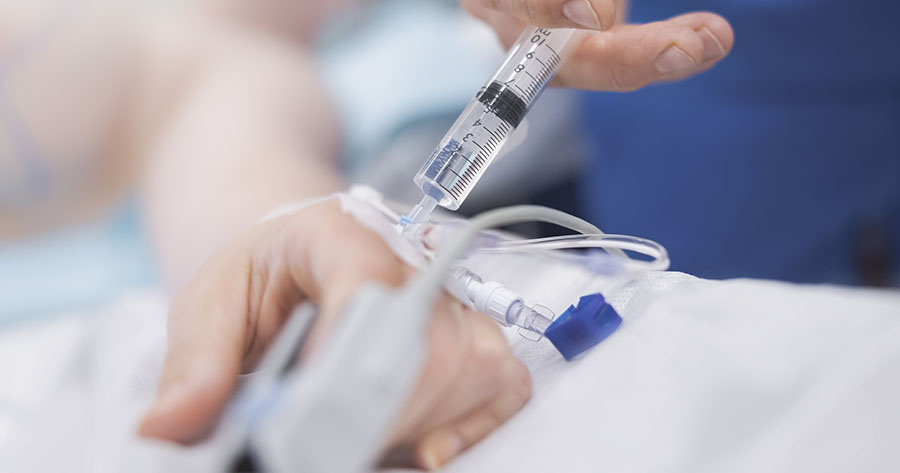One of the cornerstones of improving glycaemic control in people with diabetes is the measurement of HbA1c. For several years, most laboratories in the UK reported HbA1c levels in DCCT (Diabetes Control and Complications Trial) aligned percentages, which allowed us to directly compare HbA1c values in our patients with those of the participants in studies such as the DCCT and the UKPDS (UK Prospective Diabetes Study). However, laboratories in different parts of the world have historically used different methods of reporting HbA1c, and DCCT calibration, although useful, was limited as the results were not “true” concentrations, but the closest 1980s technology could give us at the time.
A need for change
Times change, however, and technology of the 1980s has now evolved, such that in recent years, the International Federation of Clinical Chemistry and Laboratory Medicine (IFCC) has established the “true” HbA1c concentrations in samples; and so this new IFCC standard has been recommended as the basis for standardising HbA1c values across the globe (Consensus Committee, 2007).
Unfortunately, these IFCC values were found to be 1.5–2% lower than we are used to. For example, 7% in DCCT numbers is 5.3% in “IFCC-standardised” units. Worries about possible confusion between old and new units led to the proposal that IFCC-standardised HbA1c values should be reported in mmol of HbA1c per mol of total haemoglobin (mmol/mol) – a number 10 times the IFCC percentage value. This means an IFCC-standardised HbA1c of 5.3% is equivalent to 53 mmol/mol.
Reflecting the above, as of 1 June 2009 the way in which HbA1c levels are reported in the UK changed, bringing with it the ability to standardise our reporting and to lead the way for international calibration and comparisons. The challenge for us, as healthcare professionals, is to educate ourselves to integrate this change effectively for people with diabetes.
For the next 2 years HbA1c values will be “dual reported” in both DCCT per cent and IFCC mmol/mol. In the longer-term it is suggested that only the IFCC units will be used (Diabetes UK et al, 2009). On that note, I have come up with “Kilpatrick’s Kludge” to convert DCCT to IFCC units (Kilpatrick, 2009). It is known as “minus two minus two”: if the DCCT HbA1c is 9%, the IFCC HbA1c is nine minus two (7) minus two (5) = 75 mmol/mol, and so on for other whole DCCT numbers (Table 1).
For numbers that are not whole, the equation to convert DCCT to IFCC units is as follows:
HbA1c (%) – 2.15 = New HbA1c (mmol/mol)
0.0915
Global HbA1c standardisation
Moving to these new numbers will undoubtedly be an upheaval for everyone who uses the HbA1c test. There is the consolation for healthcare professionals that this should be the last ever move as the result is now completely standardised in a way that is similar to a kilogram weight or a second in time. In the future, we can be more sure that the HbA1c value we use to assess a person’s glycaemic control will be closer than ever to the true result.





The risk factors and what might be done to address them.
24 Mar 2025